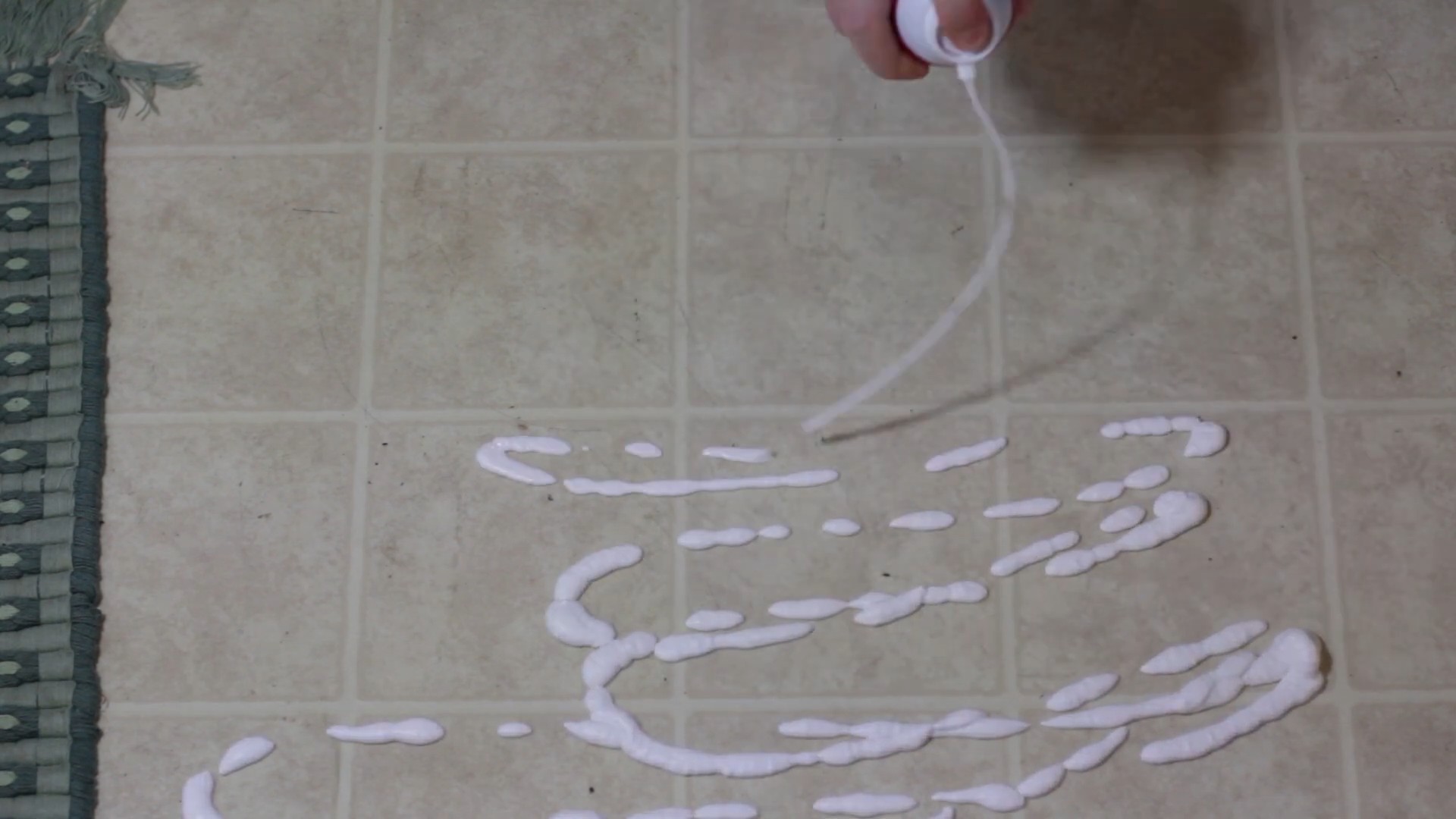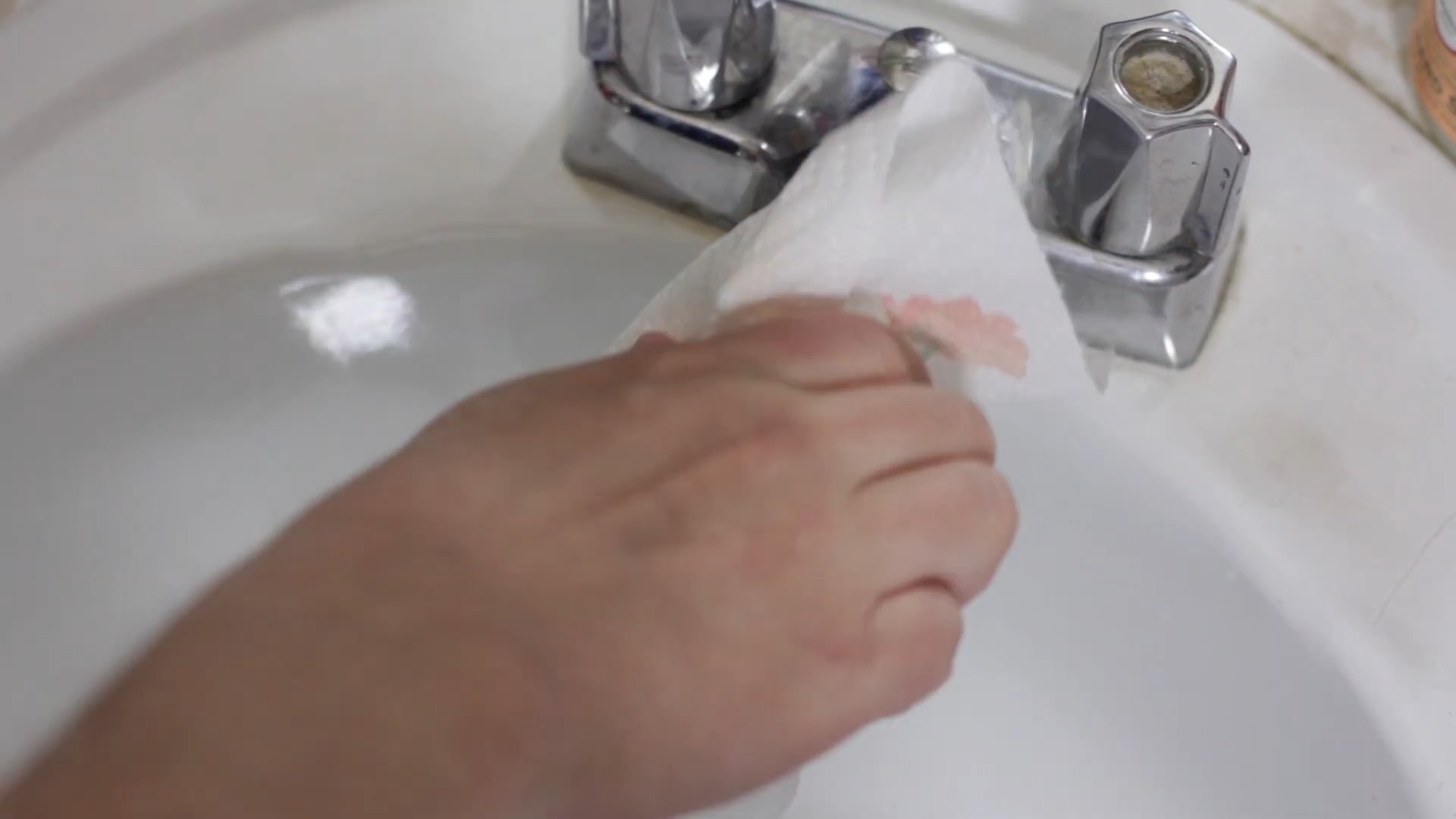DIY Home Decor Ideas – ever feel like your space is missing that special something? Like it’s just not quite “you”? I totally get it! We all crave a home that reflects our personality and style, but sometimes, achieving that can feel like a daunting (and expensive!) task. But what if I told you that transforming your living space into a personalized haven doesn’t require a massive budget or a professional interior designer?
For centuries, people have been adding personal touches to their homes, from ancient cave paintings to handcrafted tapestries. The desire to create a comfortable and aesthetically pleasing environment is deeply ingrained in our human nature. In many cultures, DIY home decor is more than just a hobby; it’s a way to connect with tradition, express creativity, and imbue a space with personal meaning.
That’s where these amazing DIY Home Decor Ideas come in! I’m going to share some simple, budget-friendly tricks and hacks that will help you breathe new life into your home. Whether you’re looking to add a pop of color, create a cozy atmosphere, or simply declutter and organize, these projects are designed to be easy, fun, and totally customizable. So, grab your crafting supplies, put on some music, and let’s get ready to transform your house into the home of your dreams!

DIY Floating Bookshelves: A Magical Touch to Your Walls
Hey there, fellow DIY enthusiasts! Are you tired of the same old boring bookshelves? Do you dream of a library that looks like something straight out of a fantasy novel? Well, get ready to make that dream a reality! I’m going to walk you through creating your very own floating bookshelves. They’re surprisingly easy to make, incredibly stylish, and a fantastic way to show off your favorite reads.
What You’ll Need: Gathering Your Supplies
Before we dive in, let’s make sure you have everything you need. This is crucial for a smooth and enjoyable crafting experience. Trust me, nothing’s worse than getting halfway through a project and realizing you’re missing a key ingredient!
* Books: Obviously! Choose hardcover books that are relatively sturdy. Thicker books work best for supporting the weight.
* L-Brackets: These are the unsung heroes of this project. You’ll need at least two L-brackets per book. Choose brackets that are strong enough to support the weight of your books. I recommend metal brackets for durability. The size of the bracket will depend on the depth of your books.
* Screws: You’ll need screws to attach the L-brackets to the wall and to the book. Make sure you have screws that are appropriate for the type of wall you have (drywall, plaster, etc.). Drywall anchors are a must if you’re not screwing into a stud.
* Drywall Anchors (if needed): These are essential for securely mounting the shelves to drywall. Choose anchors that are rated for the weight you’ll be placing on the shelves.
* Strong Adhesive (Construction Adhesive): This is what will hold the book cover to the L-bracket, creating the “floating” effect. I recommend a strong construction adhesive like Liquid Nails.
* Utility Knife or Box Cutter: For carefully cutting the pages of the book.
* Ruler or Measuring Tape: For precise measurements and placement.
* Pencil: For marking where to cut and drill.
* Drill: For creating pilot holes and screwing in the screws.
* Screwdriver: For manually tightening the screws (optional, but sometimes helpful).
* Sandpaper (optional): For smoothing any rough edges after cutting.
* Paint (optional): If you want to paint the L-brackets to match your wall color or add a pop of color.
* Safety Glasses: Protect your eyes from debris while drilling and cutting.
* Gloves: To protect your hands from the adhesive.
* Clamps (optional): To hold the book cover in place while the adhesive dries.
Step-by-Step Instructions: Creating Your Floating Bookshelves
Alright, let’s get down to the nitty-gritty! Follow these steps carefully, and you’ll have your own magical floating bookshelves in no time.
1. Prepare the Book:
* Open the book to about a third of the way through. This is where you’ll be cutting the pages.
* Using your ruler and pencil, draw a straight line across the pages where you want to cut. This will ensure a clean, even cut.
* Put on your safety glasses and carefully use the utility knife or box cutter to cut along the line. You might need to go over it a few times to get through all the pages. Be patient and take your time to avoid tearing the pages.
* Remove the cut section of pages. You should now have a hollowed-out book.
* Sand down the cut edges of the pages if needed to create a smooth surface.
2. Attach the L-Brackets to the Book Cover:
* Position the L-brackets inside the hollowed-out book, near the spine. The vertical part of the L-bracket should be facing up, and the horizontal part should be flush against the inside of the book cover.
* Mark the screw holes on the inside of the book cover with your pencil.
* Remove the L-brackets and pre-drill pilot holes at the marked locations. This will make it easier to screw in the screws and prevent the wood from splitting.
* Apply a generous amount of construction adhesive to the horizontal part of the L-brackets.
* Carefully position the L-brackets back inside the book cover, aligning them with the pilot holes.
* Screw the L-brackets into the book cover.
* If you have clamps, use them to hold the book cover and L-brackets together while the adhesive dries. This will ensure a strong bond. Let the adhesive dry completely according to the manufacturer’s instructions (usually 24 hours).
3. Mount the Bookshelf to the Wall:
* Decide where you want to place your floating bookshelf on the wall. Use your ruler and level to ensure it’s straight.
* Hold the book up to the wall and mark the location of the screw holes on the vertical part of the L-brackets.
* If you’re screwing into a stud, you can skip the drywall anchors. If not, you’ll need to install drywall anchors at the marked locations. Follow the instructions that come with your drywall anchors.
* Hold the book up to the wall, aligning the L-brackets with the screw holes (or drywall anchors).
* Screw the L-brackets into the wall. Make sure the screws are tight and secure.
4. Add Your Books:
* Now for the fun part! Start placing your books on the floating shelf. Distribute the weight evenly to avoid putting too much stress on the brackets.
* Arrange the books in a way that is visually appealing. You can group them by color, size, or genre.
* Step back and admire your handiwork! You’ve just created a stunning and unique floating bookshelf.
Painting the L-Brackets (Optional): Adding a Personal Touch
If you want to customize your floating bookshelves even further, you can paint the L-brackets. This is a great way to match them to your wall color or add a pop of color to your decor.
1. Prepare the L-Brackets:
* If the L-brackets are new, you might want to lightly sand them to create a better surface for the paint to adhere to.
* Clean the L-brackets with a damp cloth to remove any dust or debris.
* Apply a primer to the L-brackets. This will help the paint adhere better and prevent rust.
2. Paint the L-Brackets:
* Choose a paint that is suitable for metal. I recommend using spray paint for a smooth and even finish.
* Shake the spray paint can well before using.
* Hold the spray paint can about 10-12 inches away from the L-brackets and spray in a smooth, even motion.
* Apply several thin coats of paint, allowing each coat to dry completely before applying the next. This will prevent drips and runs.
* Let the paint dry completely before attaching the L-brackets to the book cover.
Troubleshooting Tips: Addressing Common Issues
Even with the best instructions, sometimes things don’t go exactly as planned. Here are a few troubleshooting tips to help you overcome any challenges you might encounter.
* The book cover is separating from the L-brackets: This usually happens if you didn’t use enough adhesive or if you didn’t let the adhesive dry completely. Remove the book cover from the wall, apply more adhesive, clamp it in place, and let it dry for at least 24 hours.
* The bookshelf is sagging: This could be due to a few reasons. First, make sure you’re using L-brackets that are strong enough to support the weight of your books. Second, make sure you’re screwing into a stud or using drywall anchors that are rated for the weight. Third, make sure you’re distributing the weight of the books evenly on the shelf.
* The screws are stripping: This can happen if you’re using the wrong size screwdriver or if you’re over-tightening the screws. Use the correct size screwdriver and be careful not to over-tighten the screws. If the screw holes are stripped, you can try using larger screws or filling the holes with wood glue and toothpicks before re-screwing.
* The cut edges of the pages are rough: Use sandpaper to smooth the edges. You can also apply a thin layer of clear glue to seal the edges and prevent them from fraying.
Creative Variations: Making It Your Own
The beauty of DIY is that you can customize it to your heart’s content! Here are a few ideas to get your creative juices flowing:
* Use different types of books: Instead of just using hardcover books, you can experiment with different sizes, shapes, and colors. You could even use old textbooks or dictionaries for a unique look.
* Create a floating bookshelf ladder: Mount several floating

Conclusion
So, there you have it! Transforming your living space doesn’t require a hefty budget or professional interior designer. These DIY home decor ideas offer a fantastic way to inject personality, creativity, and a touch of your unique style into every corner of your home. We’ve explored simple yet impactful projects, from repurposing old materials to creating stunning wall art, all designed to be accessible and enjoyable for crafters of all skill levels.
The beauty of these DIY projects lies in their adaptability. Feel free to experiment with different colors, textures, and materials to perfectly match your existing decor or create a completely new aesthetic. For instance, if you loved the painted mason jar idea, consider using chalkboard paint instead for a functional and stylish storage solution. Or, if the string art project caught your eye, try incorporating LED lights for a mesmerizing nighttime display. The possibilities are truly endless!
What makes these DIY home decor ideas a must-try? It’s the combination of affordability, personalization, and the sheer satisfaction of creating something beautiful with your own hands. Imagine the pride you’ll feel when guests compliment your unique wall art or admire your cleverly repurposed furniture. It’s more than just decorating; it’s about crafting a home that truly reflects who you are.
Don’t be afraid to get your hands dirty and embrace the creative process. Even if your first attempt isn’t perfect, remember that every project is a learning experience. The most important thing is to have fun and enjoy the journey of transforming your house into a home.
We are confident that these DIY home decor ideas will inspire you to unleash your inner artist and create a space you truly love. So, gather your supplies, put on some music, and get ready to embark on a rewarding DIY adventure.
We can’t wait to see what you create! Share your DIY home decor masterpieces with us on social media using #DIYHomeDecorMagic. We’re eager to witness your creativity and celebrate your accomplishments. Let’s build a community of DIY enthusiasts who inspire and support each other in transforming their homes, one project at a time. Remember, the most beautiful homes are those filled with love, laughter, and a touch of DIY magic.
Frequently Asked Questions (FAQ)
What if I’m not very crafty? Are these DIY projects still for me?
Absolutely! Many of these DIY home decor ideas are designed with beginners in mind. We’ve focused on projects that require minimal tools and skills, with clear and easy-to-follow instructions. Start with a simpler project, like painting mason jars or creating a basic photo collage, and gradually work your way up to more complex designs as you gain confidence. Remember, the goal is to have fun and learn along the way. Don’t be afraid to experiment and embrace imperfections – they often add character to your creations! There are tons of resources online, including video tutorials, that can guide you through each step.
Where can I find affordable materials for these DIY projects?
One of the best things about DIY is that it often involves repurposing and upcycling existing materials. Look around your home for items you can transform, such as old jars, fabric scraps, or wooden pallets. Thrift stores, flea markets, and garage sales are also excellent sources for affordable materials. Don’t underestimate the power of online marketplaces like Craigslist or Facebook Marketplace, where you can often find free or low-cost items that are perfect for DIY projects. Craft stores offer a wide range of supplies, but be sure to check for coupons and sales to save money. Remember to compare prices and consider buying in bulk if you plan on doing multiple projects.
How can I personalize these DIY home decor ideas to match my style?
Personalization is key to creating a home that truly reflects your personality. Start by considering your existing decor and color palette. Choose colors, patterns, and materials that complement your style. Don’t be afraid to experiment with different textures and finishes to add visual interest. Incorporate personal touches, such as family photos, travel souvenirs, or handmade artwork. You can also customize the size, shape, and design of your DIY projects to fit your specific needs and preferences. For example, if you’re creating wall art, consider using a canvas size that complements your wall space. If you’re repurposing furniture, choose a paint color that matches your existing furniture. The possibilities are endless!
What are some safety precautions I should take when working on DIY projects?
Safety should always be a top priority when working on DIY projects. Wear appropriate safety gear, such as gloves, goggles, and a dust mask, when necessary. Use sharp tools with caution and always cut away from your body. Work in a well-ventilated area when using paints, glues, or other chemicals. Follow the manufacturer’s instructions for all tools and materials. Keep your work area clean and organized to prevent accidents. If you’re working with electricity, be sure to turn off the power before starting any work. If you’re unsure about any aspect of a project, consult with a professional.
How can I get inspired for more DIY home decor ideas?
Inspiration is all around us! Browse home decor magazines, websites, and social media platforms like Pinterest and Instagram for ideas. Visit local craft fairs and art galleries to see what other people are creating. Take a walk around your neighborhood and observe the architectural styles and landscaping designs. Pay attention to the colors, textures, and patterns that you find appealing. Don’t be afraid to experiment and try new things. The most important thing is to have fun and let your creativity flow. Remember, even a small change can make a big difference in the look and feel of your home.
What if my DIY project doesn’t turn out exactly as planned?
Don’t worry! Even experienced DIYers make mistakes. The key is to learn from your mistakes and not give up. If your project doesn’t turn out exactly as planned, try to salvage it by making adjustments or modifications. For example, if you accidentally spill paint on your furniture, you can try to cover it up with a decorative throw pillow or blanket. If you’re not happy with the color of your wall art, you can repaint it. Remember, imperfections often add character to your creations. Embrace the unexpected and don’t be afraid to experiment. The most important thing is to have fun and enjoy the process. And if all else fails, you can always start over!




Leave a Comment